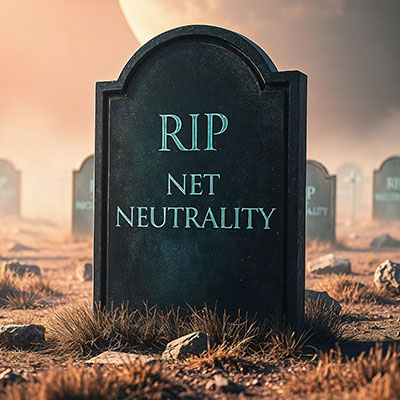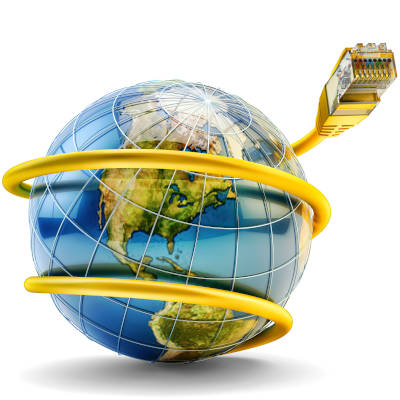As is the case with most things, the past few years have seen significant changes in entertainment, thanks to the development of technology. We have literally gone from using extremely sensitive and delicate film to capture footage, manually trimming it on flatbed editors in dark rooms, to capturing, storing, editing, and displaying it digitally. Let’s explore how the nature of entertainment has shifted as technology has developed over time.
Net neutrality has been a hot topic for years. The rules around it keep changing depending on who’s in charge of the government. Recently, things took a major step backward when the 6th Circuit Court of Appeals overturned the Federal Communications Commission’s (FCC) newest net neutrality rules.
For many, the New Year is a time of renewal and fresh starts, allowing us to turn the page and begin our next lap around the sun on the right foot. That said, the holiday is also steeped in traditions—for instance, the Times Square celebration, where a massive ball is slowly dropped to signify the countdown until the calendar officially shifts from one year to the next. This tradition has a fascinating history, based mainly on the technology of the times.
No two leaders will have the exact same approach to the considerable task at hand, but it can be remarkably helpful to see what others do so you can make better decisions regarding your own management style. Let’s take a look at some specific leadership styles and whether they work well (or don’t).
Technology has been a consistent force in the betterment of humanity, constantly pushing it to reconsider old ways of doing things and what could be improved. Key industries that have just about always utilized technology, from factories to old-fashioned wheels and farm equipment, include agriculture and manufacturing. In fact, 3D printing might be able to help produce food! Let’s look at what this technology could do to fill the stomachs of hungry people around the world.
Love them or hate them, cutesy little acronyms like this just don’t have a place in business communications. However, for some people, they’ve become so habitual that they almost can’t help but use them everywhere. In light of this lack of meaning, one artist and tinkerer has devised a way to judge whether or not the “LOL” is sincere.
When it comes to innovative new technologies, look no further for inspiration than good-old classic science-fiction and pop culture. You might be surprised by how many concepts first seen in works of fiction have made their way into our day-to-day lives. Let’s take a look at some of the more noteworthy examples.
Those born in the 80s (as well as some others) will likely recognize “Up-Up-Down-Down-Left-Right-Left-Right-B-A-Select-Start” as the Konami Code, a famous cheat code that first appeared in 1986. Since then, the Konami Code has spread, now being featured in software titles and websites. Let’s consider the origins of the Konami Code, and how it has been featured in the zeitgeist.
Per our role as cybersecurity professionals, part of our responsibility is to put the developing threats out there in the world into perspective for the clientele that we serve. After all, with so many modern threats seeming to border on science fiction, it is only natural for smaller organizations to assume that their size will protect them from such attacks through simple lack of interest—or even that such threats will never be used practically at any significant scale. Unfortunately, these assumptions are too often mistaken.
When the Internet was established, it was a marvel. Now people could move information across the world in a matter of seconds. This is why the term “world wide web” was coined. Nowadays, there are literally billions of users on the Internet and the rules have had to be changed. This has some online services in conflict with government regulations and has an impact on how users are able to use the Internet. Let’s look at a couple of examples.
- 1
- 2










